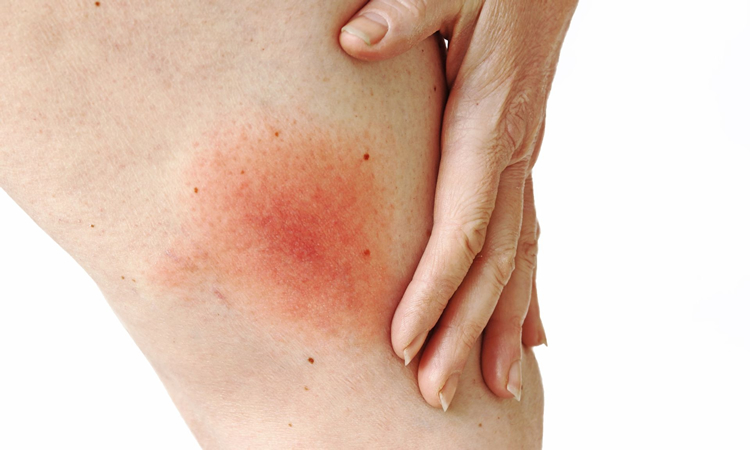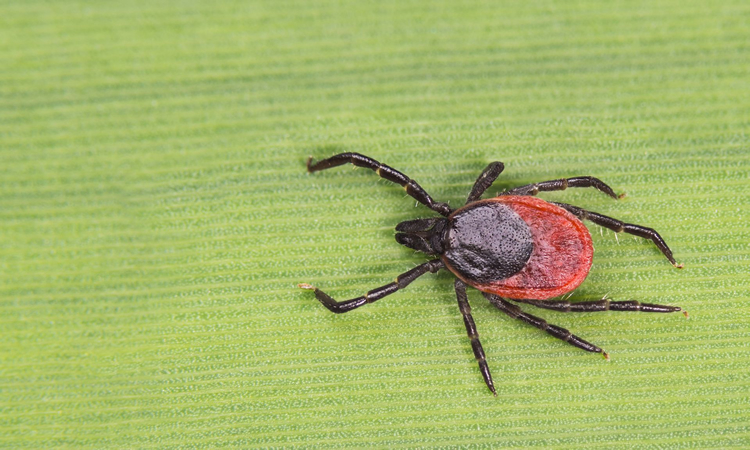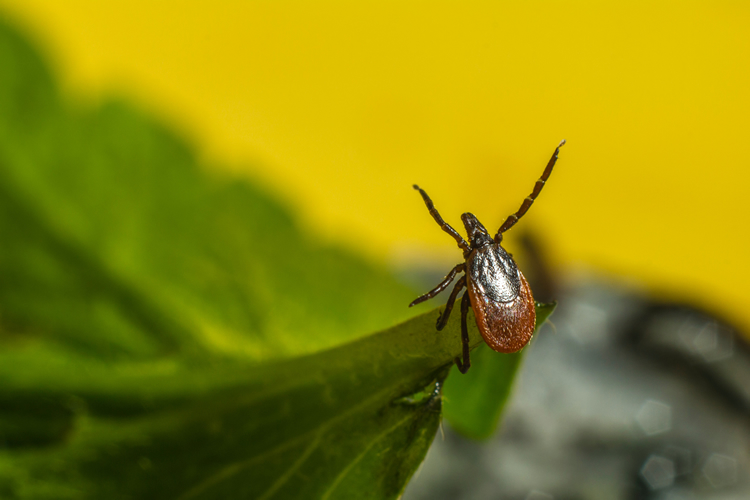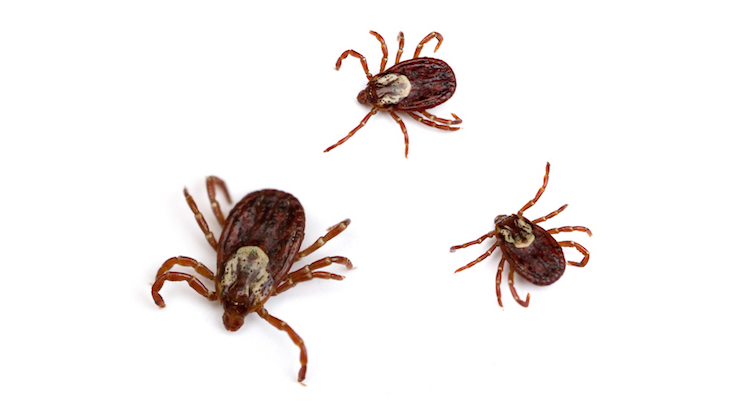Even if you don’t live in a heavily wooded area, the coming of cooler, drier fall weather means that the fall tick season has begun.
But even if you’re vigilant about checking yourself and your family after time spent outside, you might still get bitten by a tick. So, what do you need to know about ticks and tick bites? As any camper who spent time in the woods knows, ticks can transmit diseases such as Lyme disease to people and animals. In fact, from 2004 to 2016, the Centers for Disease Control and Prevention (CDC) found that the incidence of reported tick-borne diseases tripled in the U.S. In this blog post, I’ll explore some of the reasons why this is happening — and what you can do to reduce your risk of contracting one of these diseases.

What’s causing the rise in tick-borne diseases?
Researchers have been unable to pinpoint a single reason for the spike in tick-borne illnesses. Instead, it seems that a confluence of factors has contributed to the tick population’s growth and spread. One factor that may have contributed to the uptick in tick-borne diseases, like Lyme disease, is an increase in the number of people living in wooded areas. As suburbs encroach on formerly wooded areas, more people are likely to come into contact with ticks.
Why are tick bites so prevalent today?
One reason tick bites are so prevalent right now is that people are checking themselves less often. In a study published in the Journal of the American Academy of Dermatology, researchers found that the number of participants who self-checked for ticks decreased from 72% to just 46% between 1985 and 2017. That’s despite the fact that ticks are growing in number, are about twice as large as they were 30 years ago and are now carrying more diseases than ever. Finally, warmer temperatures have allowed ticks to survive and thrive in areas in which they had previously died off.
What can you do to protect yourself from tick bites?
It’s important to take precautions to protect yourself and your family from tick bites. And you should be extra vigilant during the fall tick season. Start by wearing long pants and long-sleeved shirts whenever you’re outdoors. Ticks are often found in wooded areas, at the edges of trails and in tall grass. Once you’re outside, check your whole body for ticks. And be sure to check your child’s entire body, too. Perform a full-body tick check using a hands-on approach: Kids should check themselves for ticks by using the back of their hands to feel for ticks along their heads, ears and backs, and then carefully examining their bodies using a mirror. Remember to focus on the parts of the body where ticks commonly latch on to people — namely, the back of the thighs, behind the knees, the armpits and hairline.
Also read: Why employ year-round tick control?
Why should you continue tick control through fall and winter?
While ticks are more prevalent in the spring and summer, they’re still around in the fall — and winter, too. In fact, CDC research has found that ticks are active in every month of the year in every region of the U.S. Even though ticks are less active in winter, they’re still around and may bite as they wait for warmer weather. Plus, they’re also less likely to be discovered and removed, increasing the risk of infection. That’s why it’s important to continue to be vigilant about tick control through fall and winter. Apply tick repellents to clothing, especially pants and shoes. Perform daily tick checks — especially on children, who are less likely to notice a tick bite than an adult would. And regularly use a tick removal tool to safely remove any ticks you find.
Shrewsbury tick control is for all seasons.

You need year-round tick protection and there are companies, who can provide it. Reputable Shrewsbury tick control professionals can deploy tick control tubes this time of year, and actually decrease the number of ticks around your home next spring. Protection for now – and protection for later, all in one treatment!





 There is no reason to stop your tick control efforts with the change of season. There are a lot of reasons that you should never halt tick control around your home and property. To name a few: Lyme disease, Babesiosis, Rocky Mountain spotted fever, Powassan disease, Tularemia.
There is no reason to stop your tick control efforts with the change of season. There are a lot of reasons that you should never halt tick control around your home and property. To name a few: Lyme disease, Babesiosis, Rocky Mountain spotted fever, Powassan disease, Tularemia.

